
-
Find the right food for your petTake this quiz to see which food may be the best for your furry friend.Find the right food for your petTake this quiz to see which food may be the best for your furry friend.Featured products
 Adult Small & Mini Lamb Meal & Brown Rice Recipe Dog Food
Adult Small & Mini Lamb Meal & Brown Rice Recipe Dog FoodFor the faster metabolism of Small & Mini dogs
Shop Now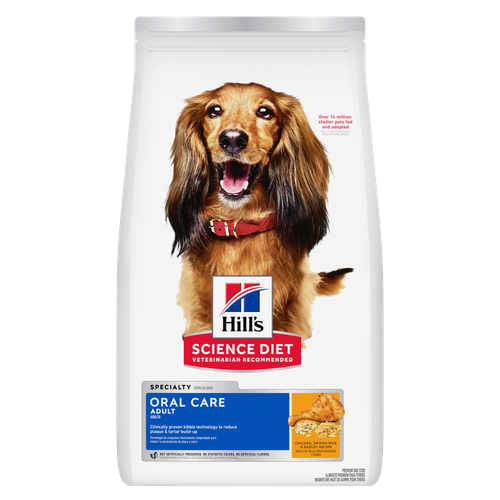 Hill's Science Diet Adult Oral Care Chicken, Brown Rice & Barley Recipe Dog Food
Hill's Science Diet Adult Oral Care Chicken, Brown Rice & Barley Recipe Dog FoodClinically proven kibble technology to reduce plaque & tartar build-up
Shop Now Adult 7+ Small & Mini Chicken & Brown Rice Recipe Dog Food
Adult 7+ Small & Mini Chicken & Brown Rice Recipe Dog FoodFor the unique nutritional needs of mature Small & Mini dogs
Shop NowFeatured products Adult Indoor Chicken Recipe Cat Food
Adult Indoor Chicken Recipe Cat FoodSupports energy level and beautiful fur in indoor cats
Shop Now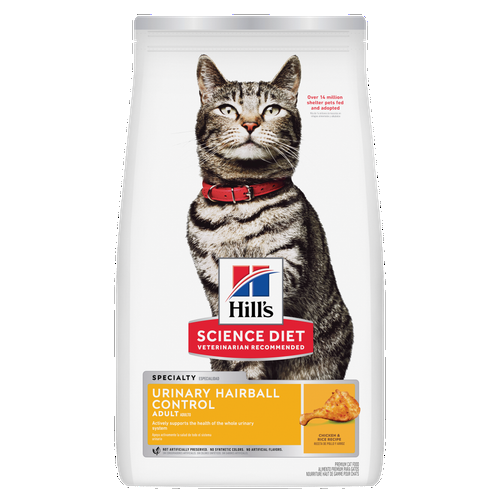 Adult Urinary Hairball Control Chicken & Rice Recipe Cat Food
Adult Urinary Hairball Control Chicken & Rice Recipe Cat FoodActively supports the health of the whole urinary system
Shop Now Hill's Science Diet Adult Sensitive Stomach & Skin Dog Food
Hill's Science Diet Adult Sensitive Stomach & Skin Dog FoodHighly digestible recipe, gentle on stomachs. Nourishes skin & promotes a lustrous coat
Shop Now -
Featured articles
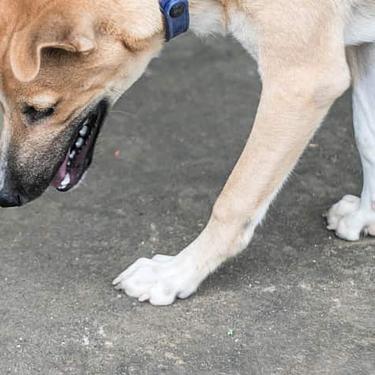 My Pet Ate a Lizard — What Should I Do?
My Pet Ate a Lizard — What Should I Do?Learn what to do if your pet eats a lizard, including whether they can be toxic and symptoms to keep an eye on when they've swallowed one.
Read More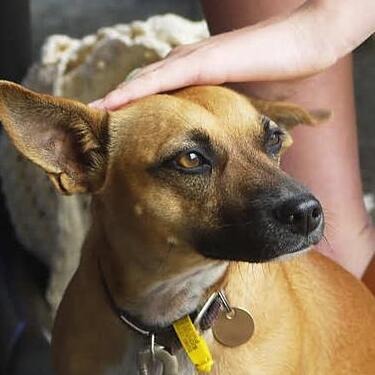 15 Pet-Friendly Cities Ideal for a US Road Trip
15 Pet-Friendly Cities Ideal for a US Road TripCheck out our list of pet-friendly U.S. cities that are excellent travel options, offering off-leash dog parks and pet-friendly restaurants & hotels.
Read More Easy DIY Dog & Cat Toys: Nine of Our Favorites
Easy DIY Dog & Cat Toys: Nine of Our FavoritesBrowse this comprehensive guide for several of our favorite DIY dog and cat toys that are sure to put a little pep in your pet's step.
Read More -


Dogs’ mouths function much like our hands. It’s their preferred tool for exploring surroundings. This means that your dog will frequently examine something interesting by tasting and gnawing it.
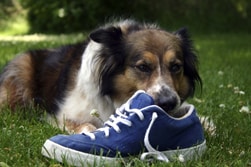
With some dogs this chewing becomes a destructive problem, and correcting it is part of providing the best dog care.
Dogs chew for a variety of reasons:
- A puppy may chew because of teething
- It can occur out of boredom or because of instinct
- It may be a result of anxiety if your dog is uncomfortable with the surroundings or because of being left alone
Identify the cause. The key to stopping the behavior is identifying the reason for the chewing:
- Chewing on a wide variety of objects in the house regardless of whether you are home is probably the result of boredom. Your dog probably needs more play, exercise and physical activity to work off some energy. Providing appropriate chew toys will also help kick the chewing habit.
- Separation anxiety can be the cause. Dogs may chew or paw to try to escape the area where left or may chew on inappropriate objects as a nervous reaction to your absence. This is a difficult type of chewing to treat because it occurs when you’re not present, and it is the dog's anxiety that needs to be treated. Dog behaviorists will use socialization, desensitization and counter-conditioning techniques to cure separation anxiety. Ask your veterinarian if your dog would benefit from being referred to a veterinary behaviorist.
Apply discipline correctly. Unfortunately, the only time you can effectively discipline your dog for chewing is when you catch it in the act. If you find a chewed-up shoe an hour after the deed is done, your dog won’t be able to associate punishment with the act of chewing. Your dog may seem guilty when you wave the shoe in front of its face, but this is just submissive behavior as a reaction to you.


Tasty Tips
Catch your dog in the act. When you do catch your dog chewing, stop it with a verbal command or a loud noise. When your dog stops, provide a chew toy. When your dog starts chewing on the toy, provide praise and positive reinforcement.
Chew toy choices vary. It is also important to choose the right type of chew toy. Never give your dog an object that looks like something you don’t want chewed. If you provide shoes or clothes, your dog won’t be able to understand the difference between them and appropriate objects.
Use deterrents. Products are available that can be applied to household objects to discourage your dog from chewing them. These products have a taste or smell that is unpleasant (but not harmful) to dogs but not offensive to humans.
As always, consult your veterinarian for additional advice and suggestions.
Also consider reading:


One of our staff authors prepared this article for you
Related products

Improves everyday ability to get up & go

Clinically proven kibble technology to reduce plaque & tartar build-up

For the faster metabolism of Small & Mini dogs

For the unique nutritional needs of mature Small & Mini dogs
Related articles
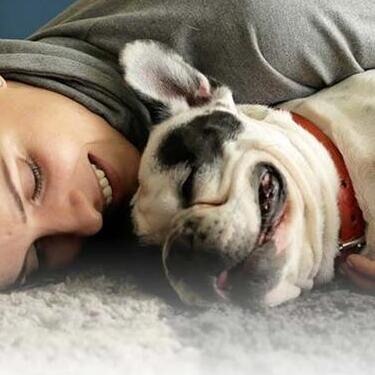
Your dog's coat and skin are a big part of your dog's overall health. Ensure you keep your dog's coat healthy, by following these simple tips.

Learn basic steps & precautions for treating a cut on your dog, including what you can put on the cut, and when you should take them to the vet.
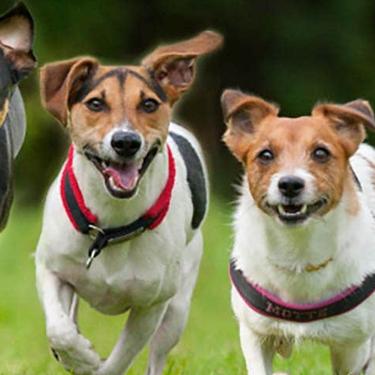
Understand the role that Omega-6 and Omega-3 fatty acids play in your dog's overall health, and how you can ensure they are getting enough.

Discover how the field of dog science is giving us more and more insights into the inner workings of our furry best friends.
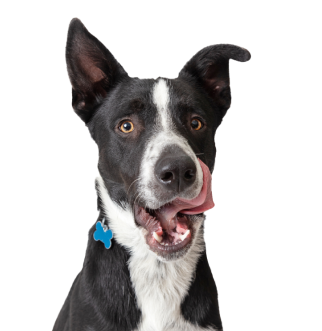
Put your dog on a diet without them knowing
Our low calorie formula helps you control your dog's weight. It's packed with high-quality protein for building lean muscles, and made with purposeful ingredients for a flavorful, nutritious meal. Clinically proven antioxidants, Vitamin C+E, help promote a healthy immune system.
Put your dog on a diet without them knowing
Our low calorie formula helps you control your dog's weight. It's packed with high-quality protein for building lean muscles, and made with purposeful ingredients for a flavorful, nutritious meal. Clinically proven antioxidants, Vitamin C+E, help promote a healthy immune system.

